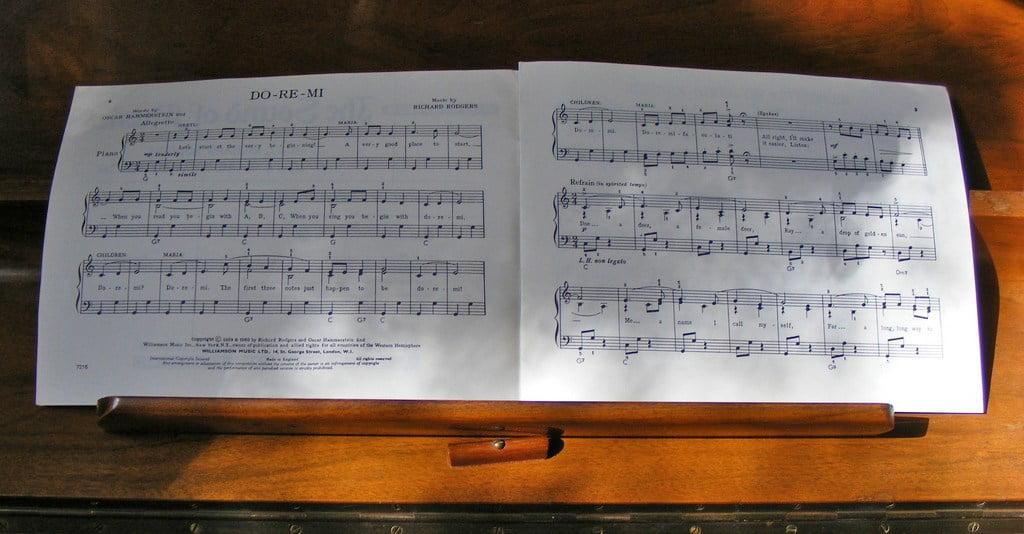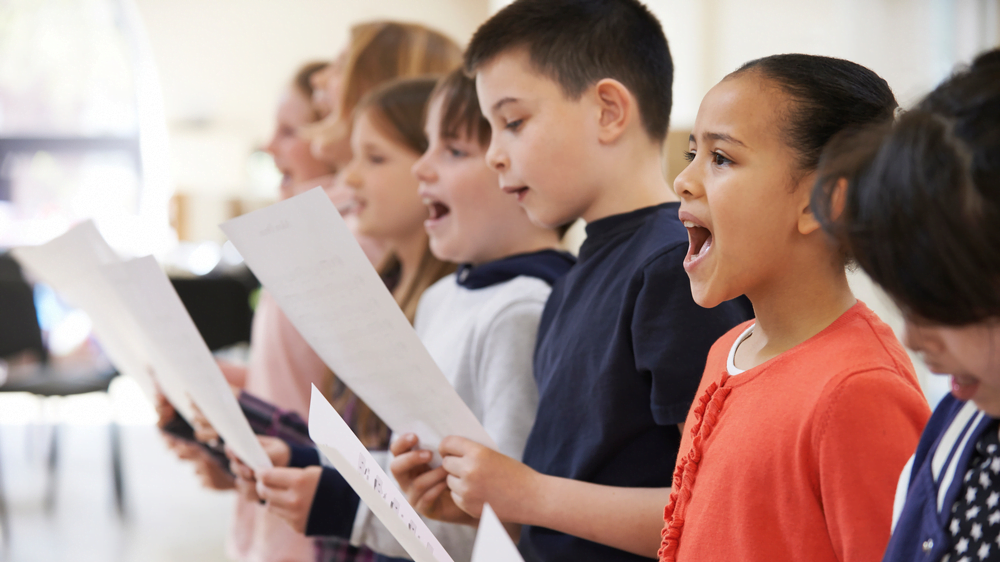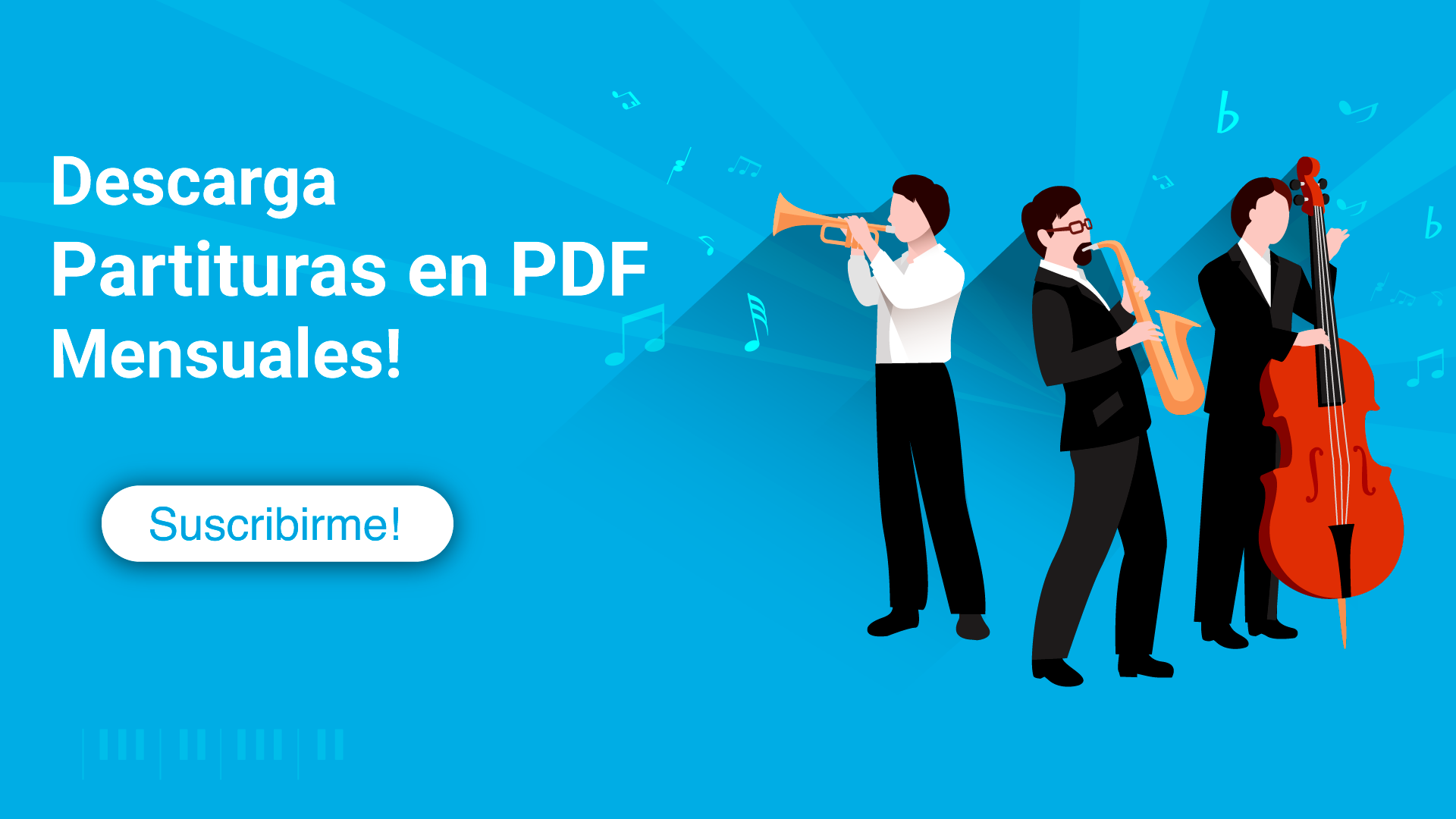What is the Sol-fa?
The Sol-FA is this: to make music without instrument, or better yet: to make music with the primordial instrument: our body. Sol-FA is to understand the music we do with our body. Sol-FA is to be aware of the sounds we are making. Sol-FA is to efficiently translate the sounds into symbols so that others can understand them and still leave it open to interpretation. The latter is one of the most beautiful qualities of music, despite how perfectly codified a score is always open to interpretation. But how are we going to accomplish this if in the Sol-FA classes we only learn lessons to "read well"?
There are several exercises that could recommend, but it would close again to "learn lessons" we must train skills that allow us to deal with the scores that we will study, play, read, etc. And for this training I can recommend the following 5 points to study music theory efficiently.

1. Study cadences
Learning cadences is relatively simple, they all have the same melody, only they start at different heights, that's where the important thing comes, we must always sing at the height of the note (Octaver is sometimes necessary), a the always tune it to 440hz ( It is the tuning that I recommend, but I understand that this is controversial, so everyone takes the one you need for your purposes.
Start with C major and go to another cadence until you master C major.

2. Learn memory motives
Surely there are motifs of songs, orchestral works, etc. That you know by heart and even in its absolute height, so take advantage of this and sing with the names of notes (Solfeado) to help your memory to develop your inner ear.
3. Transports Melodies Mentally
Once you've learned some reasons, start transporting them mentally, take the start note of some tempered instrument, but everything else do it mentally, don't write them. It will be a great exercise.
4. Sing chords
For this exercise you need a piano or keyboard. Play three notes simultaneously (consonants or dissonant) with one hand in a record that you can sing, then listen carefully and finally sing the three notes. Don't cheat. Touch-Listen-sing-play again but one by one to control. For this exercise you can start with 2 notes.
5. Improvise melodies
Sing like when you're whistling "nonsense" but do it singing, try to remember the melodies you sing and then look for notes are in your melody, you can even write them and is a very good exercise of self-dictation. Surely you will realize many aspects of your voice, you know in truth that Tessitura is more comfortable. Remember to sing first and then Solfear. Music is always first.
In the course of the week we will be posting another 5 tips to better your music theory!
We invite you to visit our PDF sheet music website here




